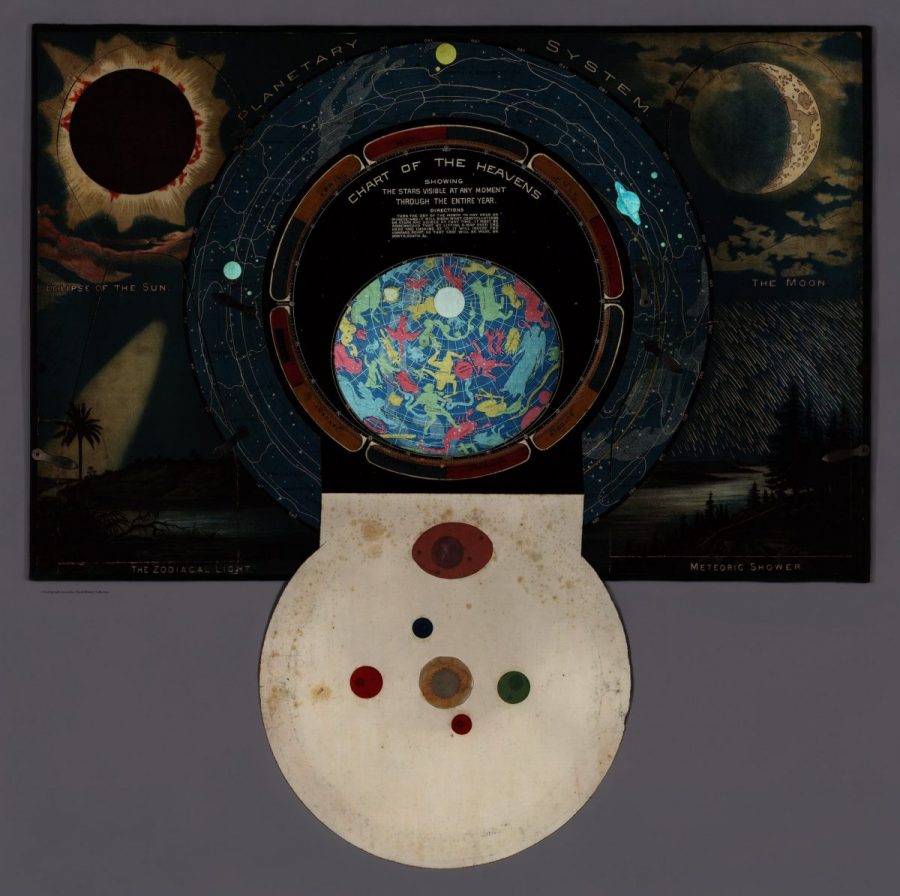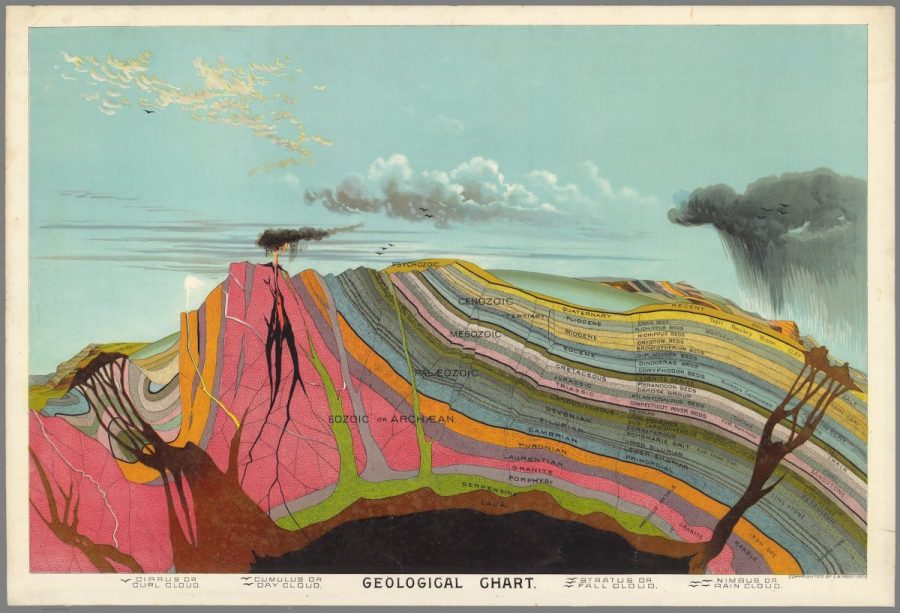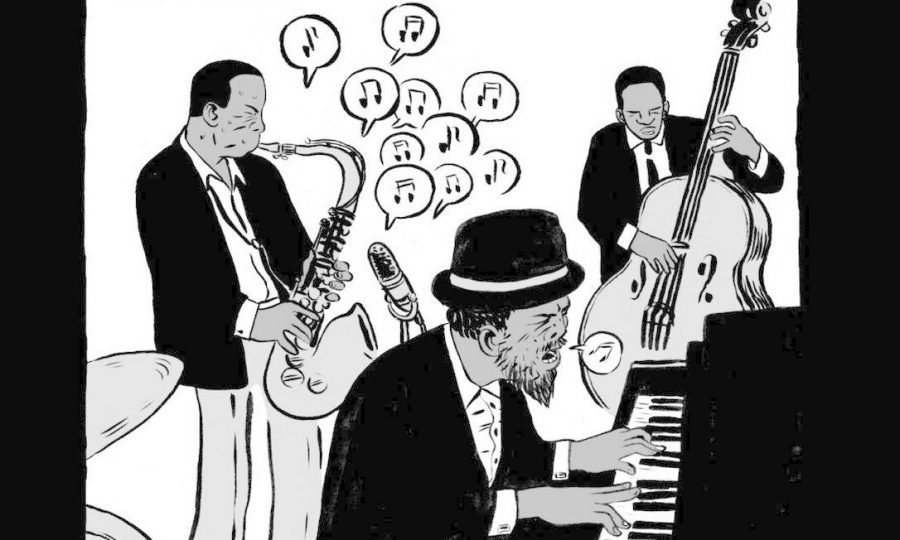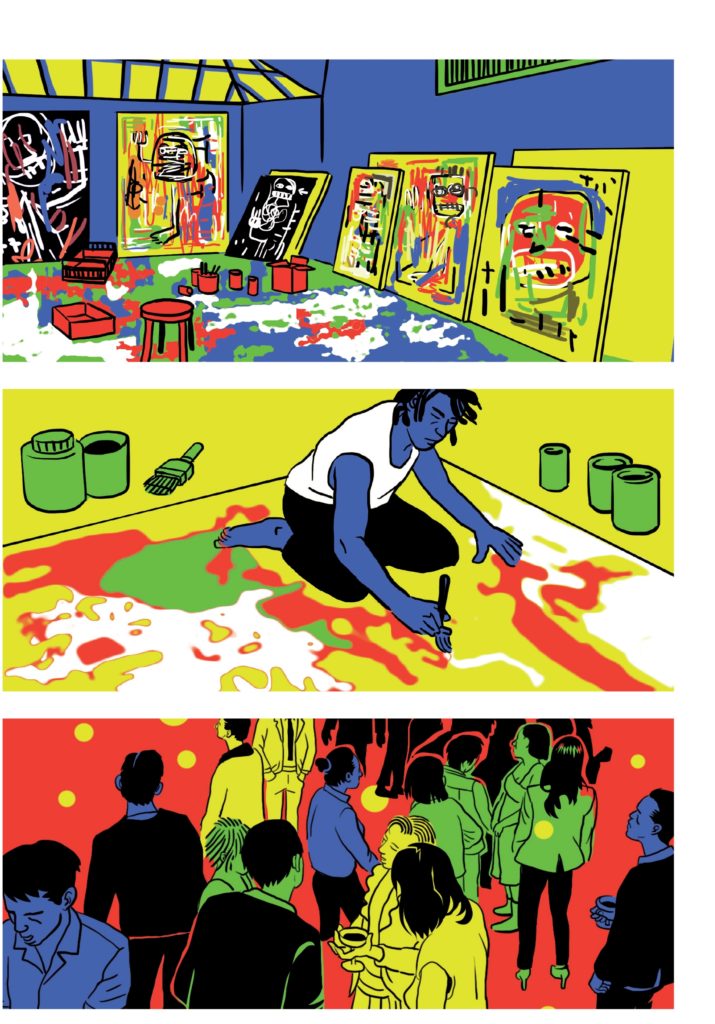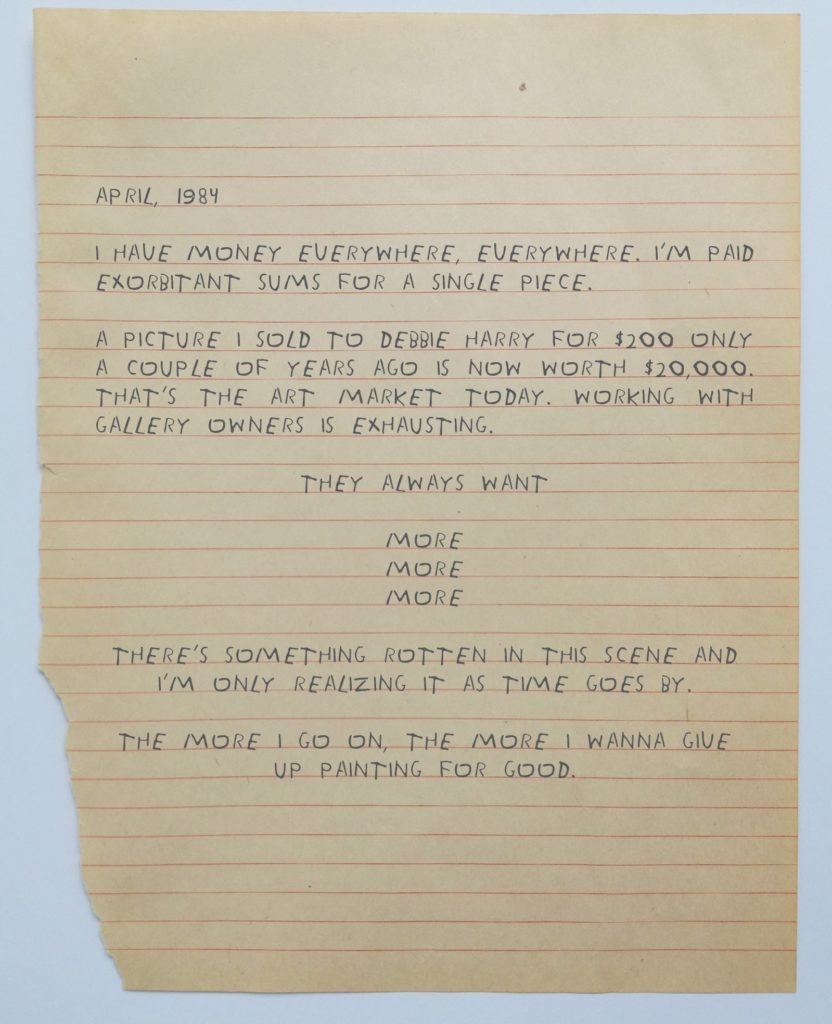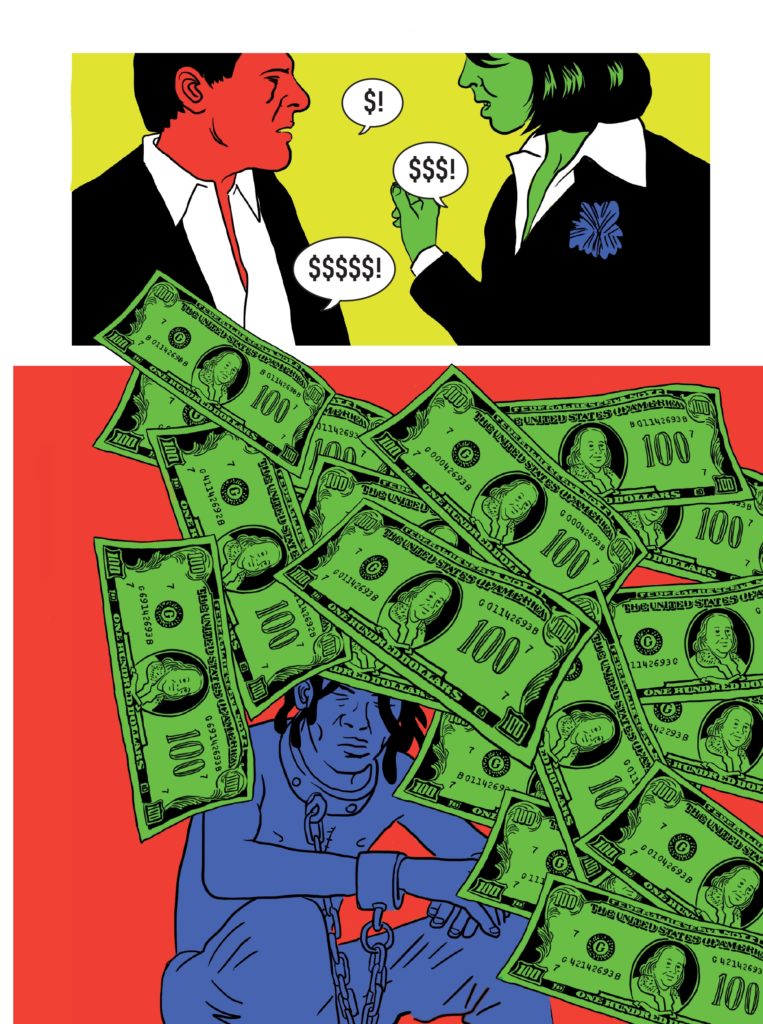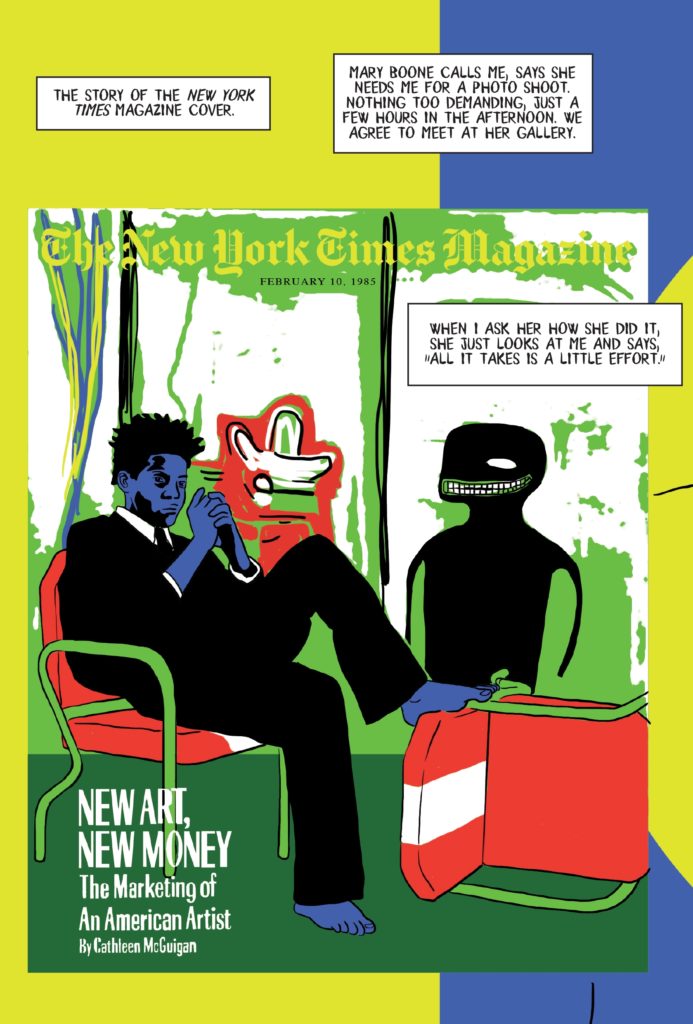Fleetwood Mac lost one lead singer and guitarist after another in the 70s, first to a mental health crisis, then a religious cult, then dramatic firings and relational breakdowns. They were in a bit of a shambles when new prospect Lindsay Buckingham arrived, bringing with him even more drama, as well as an unknown singer, Stevie Nicks. One year later, their breakup coincided with the dissolution of John and Christine McVie’s marriage, and drummer and namesake Mick Fleetwood’s divorce, during the recording of the massive-selling Rumors album in 1976.
Somehow, the band kept on, making greater leaps forward with Tusk, surviving into the 90s intact and mounting several reunion tours afterward. How? Many a book and documentary have tackled the subject. But maybe the main reason is plain.
Despite enduring circumstances that would tear most bands apart, despite the cynical lures and traps of wealth and fame, Fleetwood Mac’s professional longevity came from the fact that they were musicians who loved playing together, who knew how good they were at what they did, and knew they were better when they did it together.
Not only did the new five-piece put aside huge personal conflicts and an already legendary history to make some of the greatest pop music ever written, both collaborating and letting individual songwriters take the lead, but they had the smarts to recognize the enormous talent they had in Nicks, who first joined the band at Buckingham’s insistence then quickly became its star frontwoman. Her magnetism was undeniable, her songwriting bewitching, her stage presence transformative.
Fans seeing Nicks onstage with the band after the release of 1975’s Fleetwood Mac have “no idea who Stevie Nicks is,” writes Rob Sheffield at Rolling Stone. They have “heard ‘Rhiannon’ on the radio,” have maybe bought the record, but “they’ve never seen her rock.” Then they did—explaining the origins of “Rhiannon” on The Old Grey Whistle Test (top) before launching into the “song about a Welsh witch,” and going full-on new-age diva with super-feathered hair on The Midnight Special (above).
“She’s the new girl in a long-running band,” writes Sheffield, “but she’s here to blow all that history away. She keeps pushing the song harder, faster, as if she’s impatient to prove the new Mac is a real savage-like rock monster, now that she’s fully arrived.” Buckingham was the right guitarist at the right time in the band’s evolution, stepping into several huge pairs of shoes to help them recreate their sound. But Stevie Nicks provided the voice and electrifyingly weird energy they needed to become their best new selves.
Big, dramatic TV appearances were one thing, but the band’s transition from British blues rockers to pop radio superstars wasn’t a total eclipse of their past. While they may have been promoted as a Stevie Nicks-centric entity, Christine McVie still played a major singer/songwriter role, as did Buckingham. In one of their first live concerts with the two new members, at the Capitol Theatre in New Jersey, above, McVie opens the set with “Get Like You Used to Be” and “Spare Me a Little of Your Love.”
Buckingham shows off his impeccable blues and country chops, and Nicks sits in on backing vocals, then takes the lead three songs in on “Rhiannon.” Other new songs in the short setlist include “World Turning,” sung by McVie and Buckingham, and the Buckingham-led “Blue Letter” and “I’m So Afraid.” (They reach as far back in the back catalog as Peter Green’s “Green Manalishi.”) It’s clear at this point that the band doesn’t quite know what to do with Stevie Nicks. But once they debuted on television, she knew exactly how to sell herself to audiences.
FYI: If you happen to be an Audible member, you can download Rob Sheffield’s audiobook, The Wild Heart of Stevie Nicks, as a free additional book this month. (It’s part of their Audible Originals program.) If you’re not an Audible member, you can always sign up for a free 30-day trial here.
Related Content:
Josh Jones is a writer and musician based in Durham, NC. Follow him at @jdmagness

